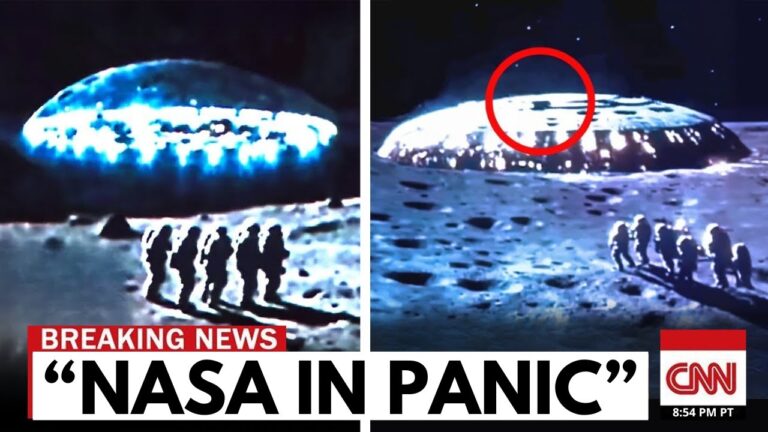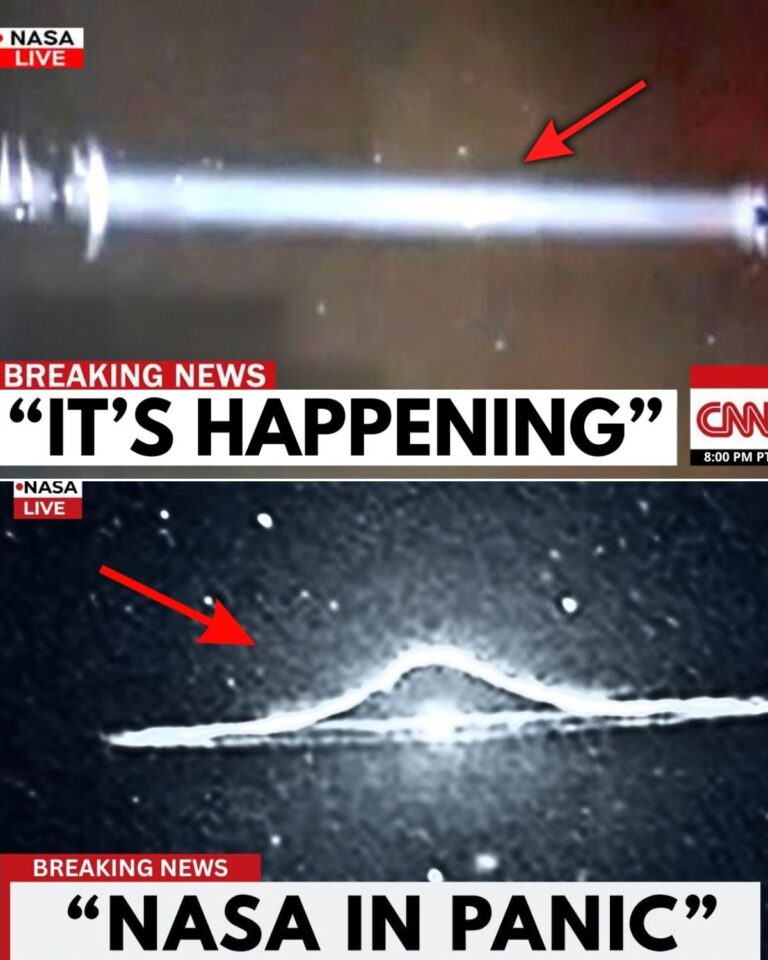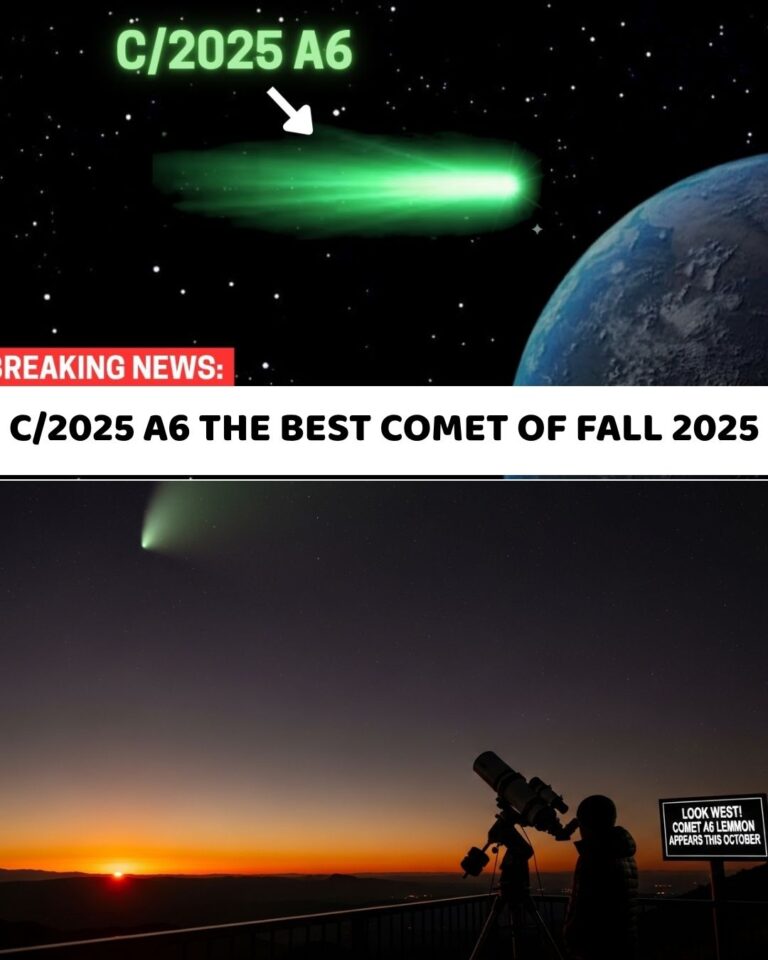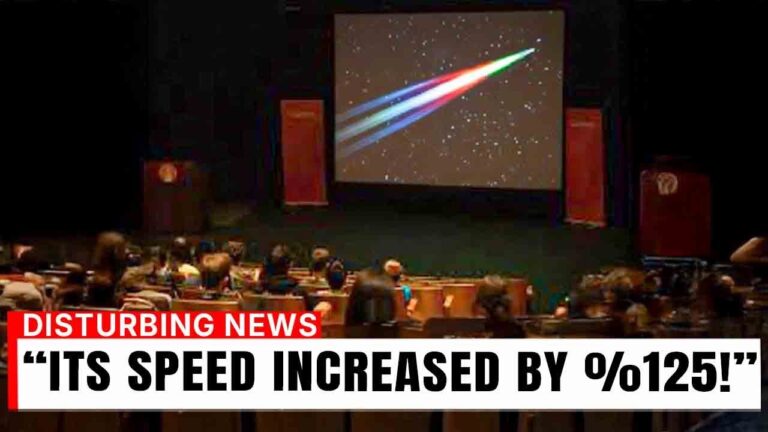NASA has just issued a critical alert regarding an interstellar visitor, designated Threeey Atlas, which has recently exhibited an inexplicable deceleration of 300% in its trajectory—an anomaly no natural object should possess. This unprecedented development has thrown the scientific community into disarray, triggering urgent investigations and widespread speculation about what could be exerting an invisible force on this cosmic traveler. Space agencies worldwide are racing to grasp the implications of an object signaling the dawn of galactic phenomena unlike anything yet understood.

Threeey Atlas made its entrance into our solar system on a hyperbolic trajectory, a path it followed at breakneck speeds, far exceeding the escape velocity expected for solar-born objects. Scientists initially marveled at its incredibly stable motion—until it suddenly veered off course. The consequences were staggering: its speed curve began bending downward, defying all established astronomical norms. Analysis revealed that something unimaginable is capturing this ancient wanderer—a silent grip in the vast expanse of interstellar space, where gravitational influences are virtually absent.
This interstellar fragment, forged in an era long before our solar system existed, is now revealing itself to be more than mere cosmic debris; it represents a time capsule of our galaxy’s formative years. The apparent stasis of Threeey Atlas raises a chilling question: what force is at play? Could it be that this ancient speck of the universe—composed of pristine ice and untouched carbon compounds—is carrying with it not only the story of cosmic formation but also remnants that could redefine our understanding of life’s origins?
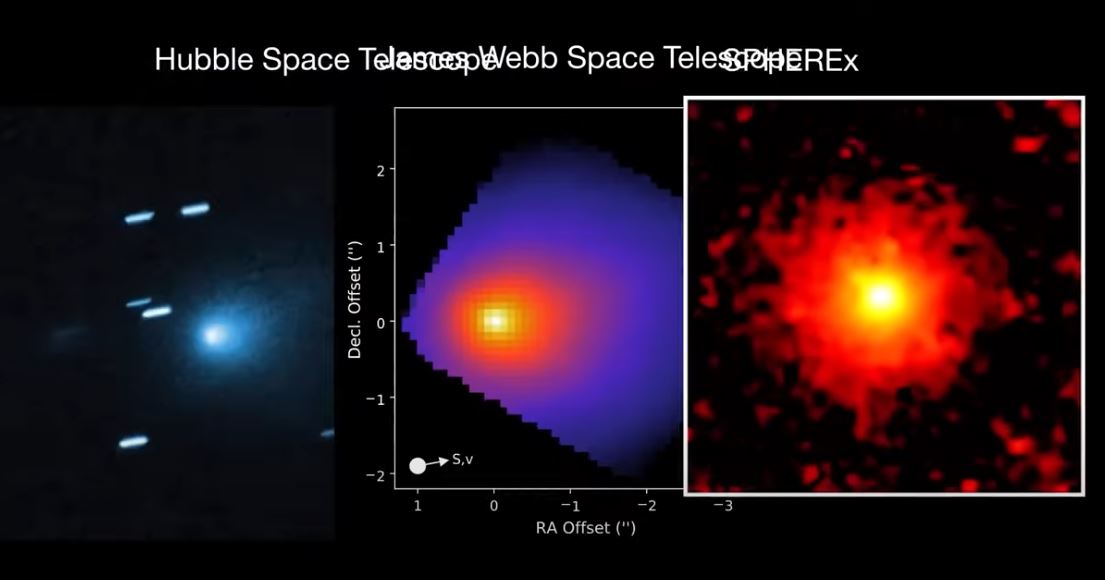
Scientific investigations are underway, as astrobiologists and astrophysicists dissect spectral data gathered from ground-based observatories and the James Webb Space Telescope. It has revealed a staggering composition: a mixture of carbon-bearing compounds and high-albedo dust, not significantly altered by cosmic exposure over billions of years. The preserved state of these materials suggests that Threeey Atlas has traveled unscathed through the void, revealing secrets from when the Milky Way was still birth—an incredible recollection of the early interstellar medium.
As the comet—the first of its kind with this profound backstory—drifts through the solar system, experts suggest it may have begun its journey long before the gravitational ties of stars and planets began shaping the skies we see today. Threeey Atlas’s composition indicates that it is a fragment from a lost origin, possibly overexposed to various cosmic environments but ultimately surviving the chaos of galactic formation. This sends ripples through existing astronomical models and forces scientists to confront theories once thought to be settled.
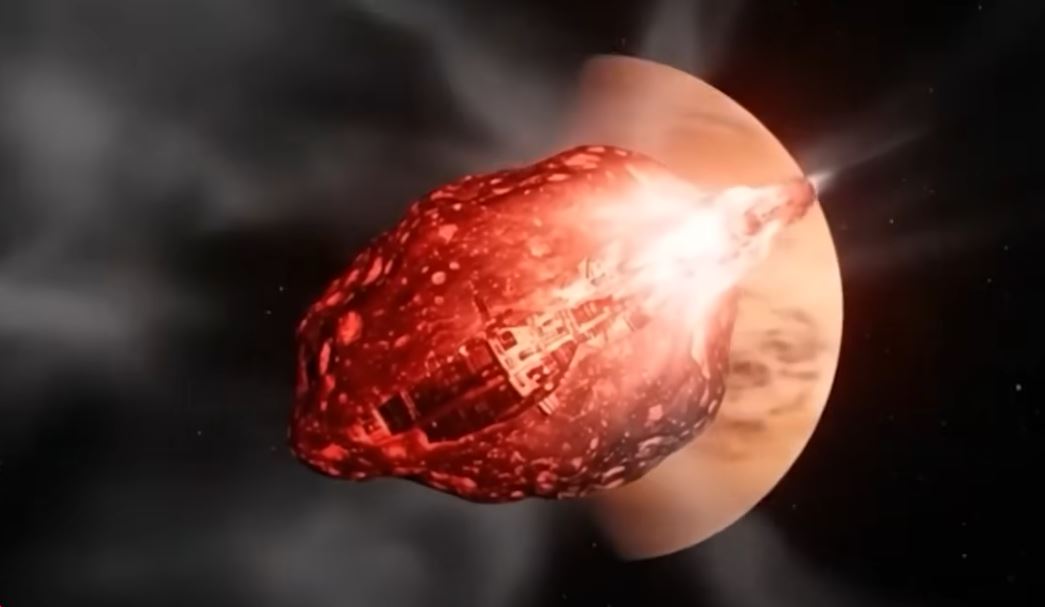
As data flows in from the spacecraft positioned across the solar system, the urgency continues to mount. The spectral emissions observed from the comet, primarily dominated by carbon dioxide, starkly contrast with water signatures found in many solar-born comets. The intriguing ratios observed invite speculation about the chemistry of life and the conditions necessary for life’s emergence. If amino acids and the basic building blocks of life can exist in the frozen form within this drifting object, the profound implications extend to questions of whether life could form elsewhere in the universe, outside the confines of typical planetary nurseries.
Witnessing Threeey Atlas in its entirety places scientists in the unique position of possibly observing the evolution of celestial bodies that predate our known universe. Engaging with the comet is more than a mere observational endeavor; it’s a direct encounter with cosmic history, representing a rare opportunity for researchers to comprehend the journey from transient icy bodies to the formation of the Earth and beyond.
Given the comet’s unprecedented gravity-defying trajectory and its chemical remnants, the clock is ticking for astronomers. With each passing hour, as Threeey Atlas glides further into our solar system, the window for observation narrows. The urgency grows, and the race to decode its secrets before it vanishes from view has never been more pressing. The comet already has a history—one that intermingles with the deep reaches of our galaxy—and as it approaches our solar neighborhood with renewed vigor, planetary defenses may activate to monitor this celestial specter.

Threeey Atlas has urged a groundbreaking global collaboration. Every telescope, every spectrograph, every computational model is now on full alert, as experts attempt, in real-time, to unravel the mysteries this interstellar relic presents. The potential discovery of primordial materials establishing the origins of life on Earth—or in the wider universe—looms tantalizingly ahead. All eyes remain fixed on the skies, where the enigma of Threeey Atlas flickers like a cosmic candle amidst the vast silence of space.
This momentous occasion has prompted a tidal wave of anticipation and urgency throughout the scientific community, with findings promising to enhance our understanding of galactic history exponentially. Fascination grips the imagination as more findings will soon reveal insights capable of reshaping our comprehension of star formation, life itself, and the origins of everything we know.
As dawn breaks on this celestial guardian, news unfolds that could join the ranks of history’s examples—the discovery of water on Mars or the existence of exoplanets supporting potential life. The strange, magnetic allure of Threeey Atlas is unfurling secrets hidden for billions of years, daring humanity to confront the enigmatic forces of the cosmos that may hold the keys to our past—and beckoning us to reflect upon our not-so-distant future in this expansive universe.
Make no mistake; this is not merely a sensational headline, but a profound revelation that could alter the trajectory of astrophysics and astrobiology. With NASA on high alert, and scientists scrambling to untangle the fabric of time and space, the world holds its breath, curious as to what knowledge the ghostly remnants of our galaxy’s nascent years may yet yield. As Threeey Atlas continues its approach, only time will tell whether we are the architects of knowledge or the observers of an extraordinary cosmic phenomenon unfolding before our very eyes.

